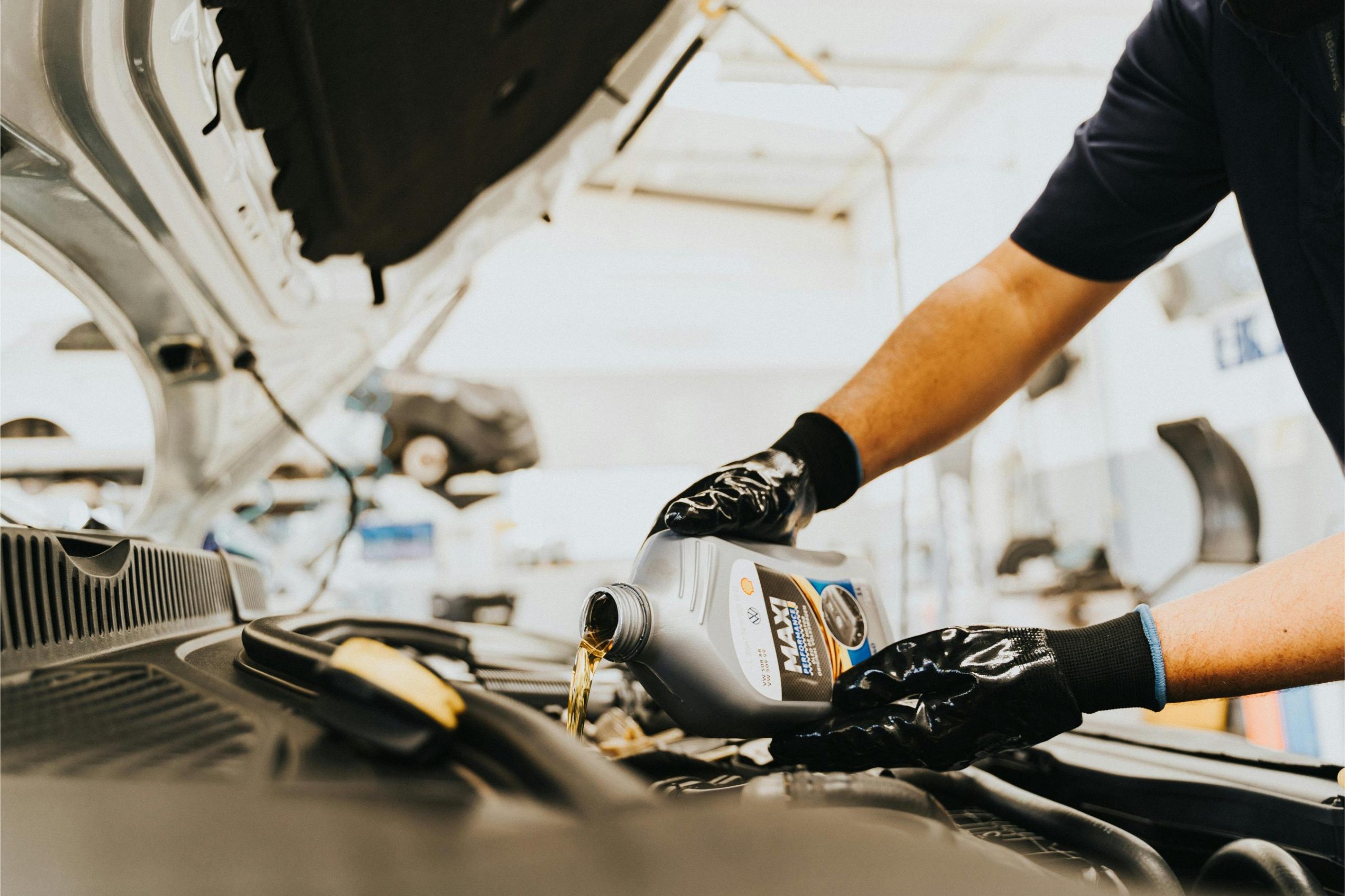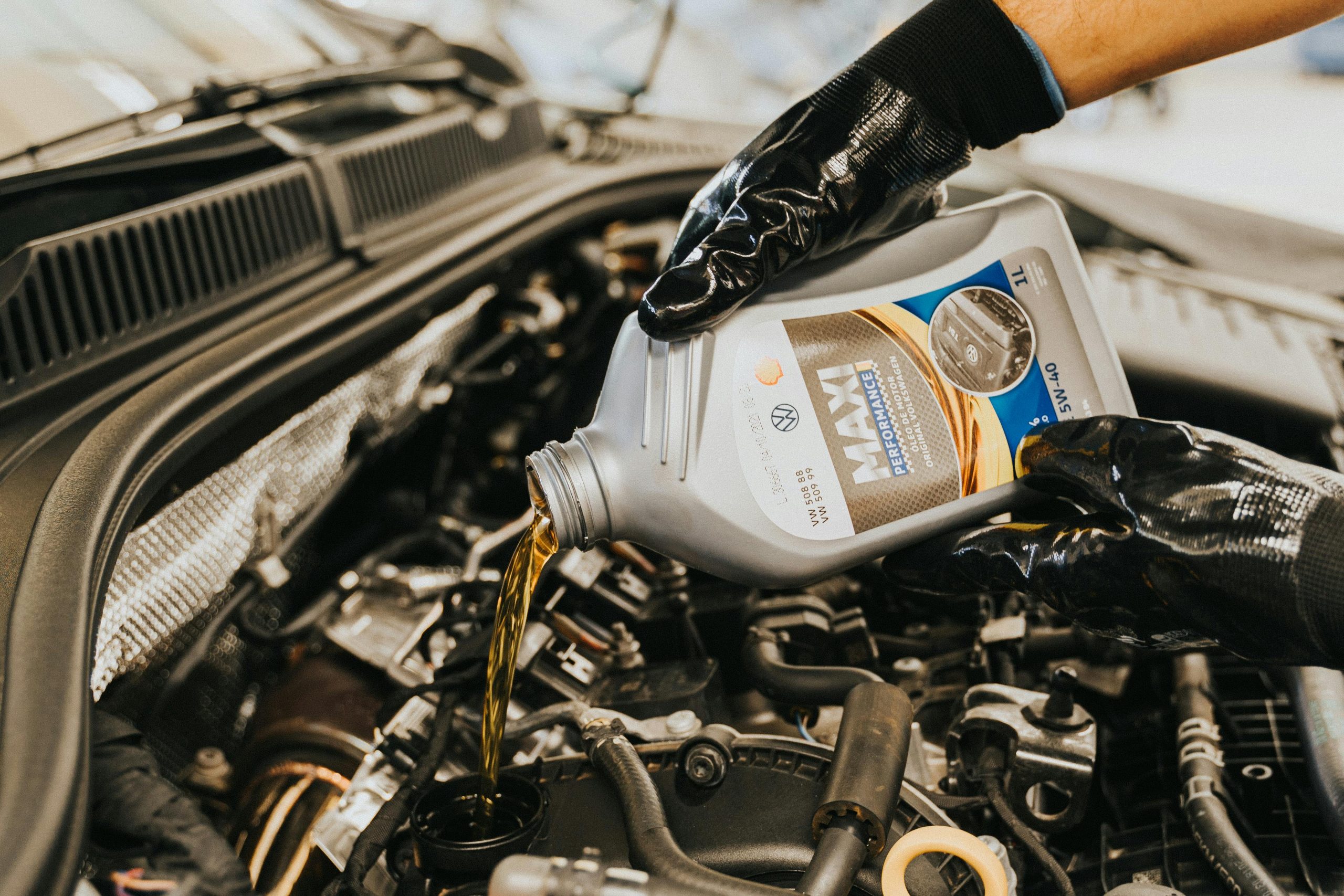
Motor oil is one of the most critical elements for your car’s engine. It lubricates moving parts, reduces friction, absorbs heat, and keeps your engine running efficiently. But using the wrong oil can cause issues ranging from minor performance drops to severe, costly engine damage. Understanding the risks, symptoms, and corrective measures is key to protecting your car.
Understanding Engine Oil and Its Importance
Engine oil serves multiple essential purposes:
- Lubrication: Reduces friction between moving parts like pistons, camshafts, and bearings.
- Cooling: Transfers heat away from engine components.
- Cleaning: Suspends dirt, debris, and metal particles to prevent sludge buildup.
- Protection: Prevents corrosion, rust, and wear on engine components.
- Sealing: Helps maintain a tight seal between pistons and cylinder walls, optimizing compression.
Different engines require different oil types, viscosity grades, and performance levels. Common oil types include:
- Conventional Oil: Standard choice for older or budget-friendly vehicles.
- Synthetic Oil: Provides better protection at extreme temperatures and under high stress.
- Synthetic Blends: A combination of conventional and synthetic oils for balanced performance.
- High-Mileage Oil: Contains additives to protect older engines from leaks and wear.
Selecting the wrong oil type or viscosity can reduce these benefits, leading to increased engine wear, overheating, or even complete failure over time.
Common Mistakes With Engine Oil
Even experienced car owners can make mistakes when adding oil. The most common errors include:
- Incorrect Viscosity: Using 10W-30 instead of 5W-20, for instance, may reduce lubrication efficiency.
- Wrong Oil Type: Conventional oil in a vehicle designed for synthetic oil can degrade engine protection.
- Using Diesel Oil in Gasoline Engines: This can cause deposits and damage engine components.
- Overfilling or Underfilling: Too much oil creates pressure and leaks; too little causes friction and overheating.
- Mixing Incompatible Oils: Different brands or oil formulations may not mix well, reducing performance.
Being aware of these mistakes can help you prevent engine damage.
Symptoms of Wrong Oil in Your Car
Using the wrong oil in your car can cause noticeable issues long before it leads to severe engine damage. While modern engines are somewhat resilient, improper lubrication or incorrect oil type may create warning signs that alert you to a problem. Recognizing these symptoms early can help you take corrective action and avoid costly repairs.
Engine Knocking or Ticking
One of the first signs of wrong oil is unusual engine sounds. Thinner oil or oil not suited to your engine may fail to properly lubricate moving parts. This causes increased friction, resulting in a knocking, ticking, or tapping noise. You might hear this during idling or acceleration. Ignoring it can accelerate wear on pistons, camshafts, and bearings.
Increased Engine Temperature
Oil helps to carry heat away from engine components. If the oil is too thick, too thin, or not designed for your engine, heat may not dissipate efficiently. Over time, this can lead to overheating, reduced performance, and even warped engine components. You might notice the temperature gauge rising more quickly or the car feeling unusually hot after short drives.
Poor Fuel Efficiency
Incorrect oil increases internal friction, making your engine work harder to perform the same tasks. This can lower your fuel economy noticeably. For example, you may find yourself refueling more often or experiencing slower acceleration. Even a half-grade difference in viscosity can affect fuel efficiency, especially in modern engines optimized for specific oil grades.
Oil Pressure Warning Lights
Many modern vehicles have sensors that monitor oil pressure. If lubrication is insufficient due to the wrong oil type, the oil pressure light may illuminate on your dashboard. This is a critical warning sign. Continuing to drive without addressing it can lead to major engine damage.
Smoke or Burning Smell
Wrong oil may not withstand the high temperatures inside your engine, causing it to burn or break down prematurely. You may notice smoke coming from the exhaust or a faint burning smell inside the cabin. This is especially common with synthetic oil in older engines or high-mileage vehicles that require a specific oil formulation.
Sludge Formation
Oil that doesn’t properly clean the engine can leave sticky deposits over time, known as sludge. Sludge blocks oil passages, reduces lubrication, and can trap heat, making the engine less efficient. Symptoms may include sluggish engine response, rough idling, and difficulty maintaining consistent power under load.
Other Possible Indicators
- Leaks: Incompatible oil can degrade seals, causing oil leaks around gaskets or oil pan.
- Vibrations: Increased friction may cause unusual vibrations in the engine or steering wheel.
- Engine Misfires: Poor lubrication can interfere with pistons or valves, affecting combustion.
Recognizing these symptoms early is critical. If you notice any combination of unusual sounds, smells, or dashboard warnings, it’s important to stop driving and have your vehicle inspected. Corrective measures like draining the incorrect oil and refilling with the right type can prevent long-term damage and preserve the life of your engine.
Short-Term Effects of Using the Wrong Oil
Even a brief period of using the wrong oil can affect your engine’s performance and longevity. While modern engines are designed to tolerate minor mistakes, recognizing the short-term effects is important for early intervention and preventing more serious problems. Catching the issue quickly can often save you from costly repairs.
Reduced Lubrication
The most immediate impact of incorrect oil is reduced lubrication. Oil forms a protective layer between engine components, reducing friction and wear. Using oil with the wrong viscosity or formulation means moving parts—like pistons, camshafts, and bearings—aren’t properly coated. For a short time, this might only cause slight resistance, but prolonged exposure increases wear.
Performance Drops
Incorrect oil can temporarily affect how your car drives. You may notice sluggish acceleration, delayed throttle response, or difficulty maintaining speed on inclines. Engines are calibrated for specific oil types, so even a small mismatch in viscosity can make your vehicle feel less responsive.
Minor Deposits
Oil that isn’t formulated for your engine may leave small residues or deposits on internal surfaces. These minor buildups usually don’t cause immediate failure and can often be flushed out during your next oil change. However, repeated use of the wrong oil accelerates sludge formation, which is harder to remove and can lead to long-term damage.
Warning Lights
Modern vehicles are equipped with oil pressure and engine warning sensors. Using the wrong oil may trigger dashboard alerts, giving you a chance to address the issue before serious damage occurs. For example, the oil pressure light or check engine light might illuminate, signaling that the lubrication or viscosity isn’t correct.
Other Short-Term Indicators
- Slight Engine Noise: Knocking or ticking sounds may appear but often disappear after using the correct oil.
- Temperature Fluctuations: The engine may briefly run hotter than normal, especially during idling or city driving.
- Fuel Economy Changes: Even short-term use of wrong oil can slightly reduce miles per gallon due to increased friction.
Key Takeaway: Modern engines can tolerate short-term exposure to incorrect oil, but every mile driven under these conditions increases risk. Promptly draining the wrong oil and refilling with the manufacturer-recommended type is the best way to avoid lasting damage and maintain engine efficiency.
Long-Term Risks of Using Wrong Oil
Prolonged use of incorrect oil can cause serious problems:
- Engine Wear: Bearings, pistons, and camshafts may wear prematurely.
- Overheating: Oil that doesn’t dissipate heat properly increases engine temperature.
- Oil Sludge: Thick or inappropriate oil can form sticky deposits, clogging passages.
- Seal Damage: Some oils break down seals, causing leaks.
- Complete Engine Failure: In extreme cases, the engine may seize, requiring full replacement.
Ignoring these risks can lead to expensive repairs and decreased vehicle lifespan.
What to Do If You Put the Wrong Oil in Your Car
Immediate action can prevent costly damage:
1. Stop Driving Immediately
- Continuing to drive spreads incorrect oil throughout the engine, increasing wear.
2. Drain the Oil
- Safely drain all oil and properly dispose of it.
- Remove the oil filter as it may contain contaminated oil.
3. Replace With Correct Oil
- Check your owner’s manual for the proper type and viscosity.
- Refill with the correct amount and type of oil.
4. Inspect the Engine
- Look for leaks, odd noises, or visible damage.
- If unsure, have a certified mechanic perform an inspection.
5. Monitor Performance
- Watch for warning lights, unusual noises, or overheating over the next few days.
- Consider an early oil change to ensure the engine is fully protected.
Preventing Oil Mistakes
Prevention is key. Follow these strategies:
- Follow Your Owner’s Manual: Always use the recommended oil type and viscosity.
- Label Oil Containers: Keep your oils clearly marked to avoid confusion.
- Ask Your Mechanic: Confirm the correct oil type before service.
- Avoid Topping Off Unknown Oil: Never mix unknown oil into your engine.
- Regular Oil Changes: Ensures proper protection and avoids sludge buildup.
Consistency and attention prevent common mistakes and protect engine longevity.
Additional Tips for Engine Health
- Check Oil Level Regularly: Low oil can damage your engine faster than wrong oil type.
- Use Oil Additives Carefully: Some additives may interact poorly with the wrong oil.
- Maintain Cooling System: Proper coolant levels prevent overheating, especially if wrong oil was briefly used.
- Inspect Filters: Oil, air, and fuel filters influence engine performance and protection.
Small habits make a big difference in prolonging engine life.
When to Consult a Mechanic
Even short-term use of incorrect oil may warrant professional attention. See a mechanic if you notice:
- Persistent knocking or ticking sounds
- Smoke or burning odor from the engine
- Overheating during light use
- Oil leaks
- Dashboard warning lights
Professional evaluation can prevent long-term damage.
Conclusion
Putting the wrong oil in your car can range from a minor inconvenience to a serious mechanical problem. The severity depends on oil type, viscosity, and duration of use. Recognizing symptoms early, replacing the oil promptly, and consulting a mechanic can save your engine from costly repairs.
Preventing mistakes is the best approach: follow your owner’s manual, label oils, and schedule regular maintenance. Proper care ensures your engine performs optimally and avoids the common pitfalls of wrong-oil usage.
With diligence, attention, and proactive maintenance, your car can run smoothly for years, saving money, time, and stress.



